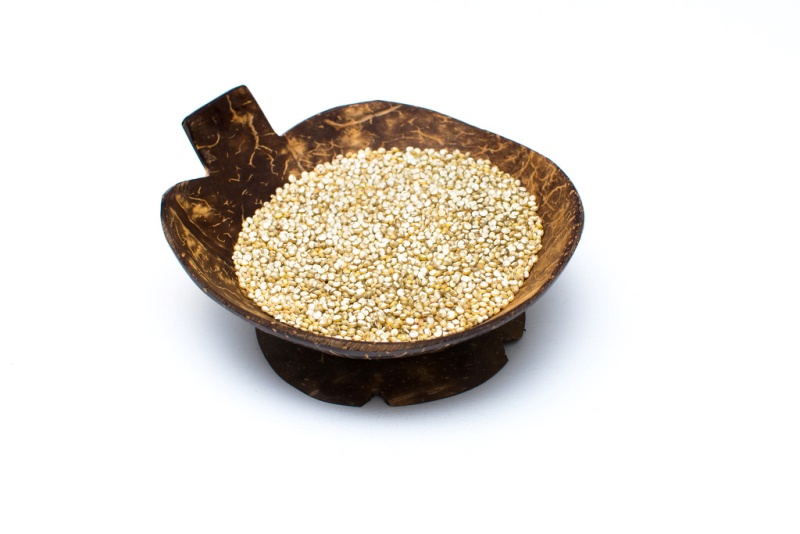Small children and toddlers don’t usually eat too much. Sometimes parents have to fight with their children if they want to feed them as much as a single bite of food. It may be a hard fight but when the “here comes the airplane” tactic finally works, you can feel great about the fact that your child’s getting good and nutritious food. Are you unsure whether you’re giving your child quality food? Let us introduce 5 superfoods which are great for children above 1 year of age.
Superfoods – high in nutritional value
So-called superfoods aren’t a miracle and they aren’t anything new either. It’s simply a word that describes foods with a high nutritional value. They’re natural and full of antioxidants, vitamins, minerals, and have a lower glycemic index than other foods. Of course, it goes without saying that they don’t have any additives. These facts make them especially good for children and for their healthy growth and development.

Beans
There’s a simple rule when it comes to beans – the darker, the better. Black beans contain 10 times more antioxidants than oranges. They’re rich in iron, protein, and vitamin B. They also help protect against heart disease and against high cholesterol. You might think to yourself that these diseases only affect adults but the truth is that by eating healthy in our early life, we help prevent these problems later down the line.
Many moms might say that it’s nearly impossible to feed their child anything that even vaguely resembles beans. True, children often refuse to eat healthy foods but there are a few tricks you can try. Make some bean batter and use it to bake chocolate brownies. You can also replace the meat in a homemade hamburger with a bean mix and cook some vegetarian bean burgers. If you add some cheese to the whole thing, your little angel will never notice that ‘something’s not quite right’ 🙂

Blueberries
This tiny purple fruit belongs to the most nutritious fruit there is. It helps protect against heart disease and diabetes, improves brain activity, and reduces the storing of dangerous fat around the belly area. As such, they help reduce the risk of obesity in children. They also contain high amounts of fiber and vitamins A and C. Add some blueberries to your child’s breakfast – into their oatmeal or milk rice and you can even try to make some homemade ice cream. Yummy!

Oats
Oats are very high in vitamin E, zinc, magnesium, selenium and protein. They’re also a great source of fiber. Thanks to their low glycemic index, your child will have enough energy until lunchtime. This is good news for schoolchildren who need to focus in the morning, so don’t hesitate to serve them some tasty oatmeal for breakfast. If you also add a little cinnamon for flavor, you’ll be helping them against germs.

Sweet potatoes
This vegetable is still underestimated in Slovakia. It’s higher in calories than regular potatoes but it makes up for it with a high amount of nutrients. One medium-size sweet potato can cover the body’s daily requirement of vitamin A and more than a third of the requirement of vitamin C. Their sweet taste makes these potatoes popular with children and toddlers. You can serve them in many ways, for example, you can make a sweet mash with cinnamon or a potato puree if you combine sweet potatoes with the regular ones.

Quinoa
Quinoa is rich in fiber, manganese, magnesium and iron. It’s also gluten free, which a big plus. If you want to lead your child towards a vegetarian lifestyle, quinoa should be one of the first things on the menu. It’s full of protein and high in lysine – both are amino acids important for the growth of tissues. You can use them to prepare pancakes or cookies, or you can use it instead of rice or couscous.
